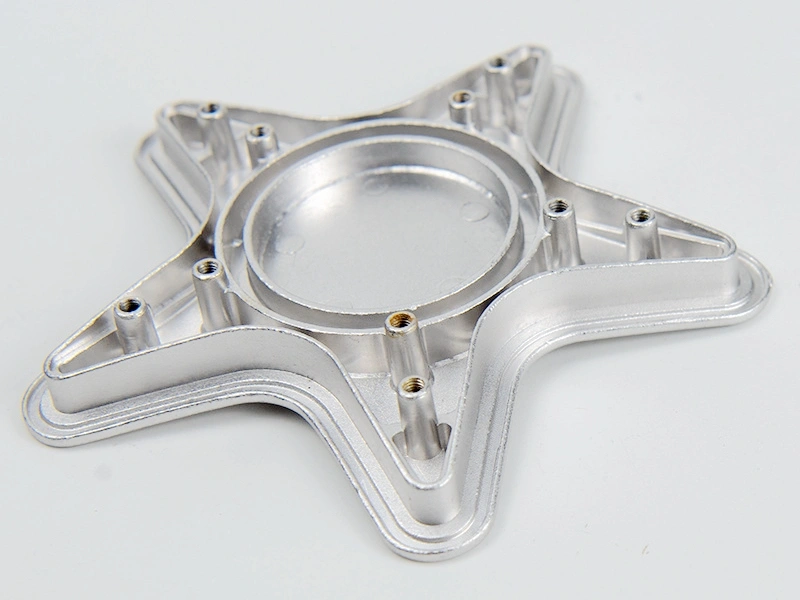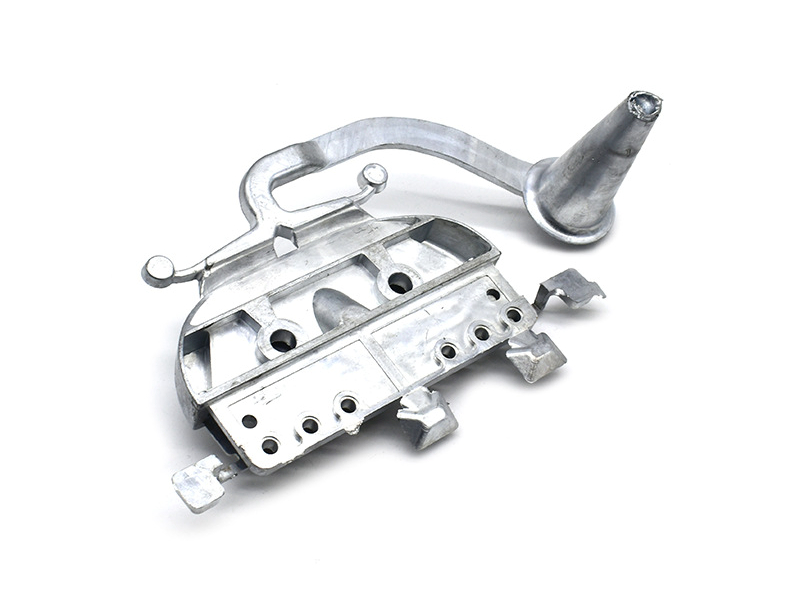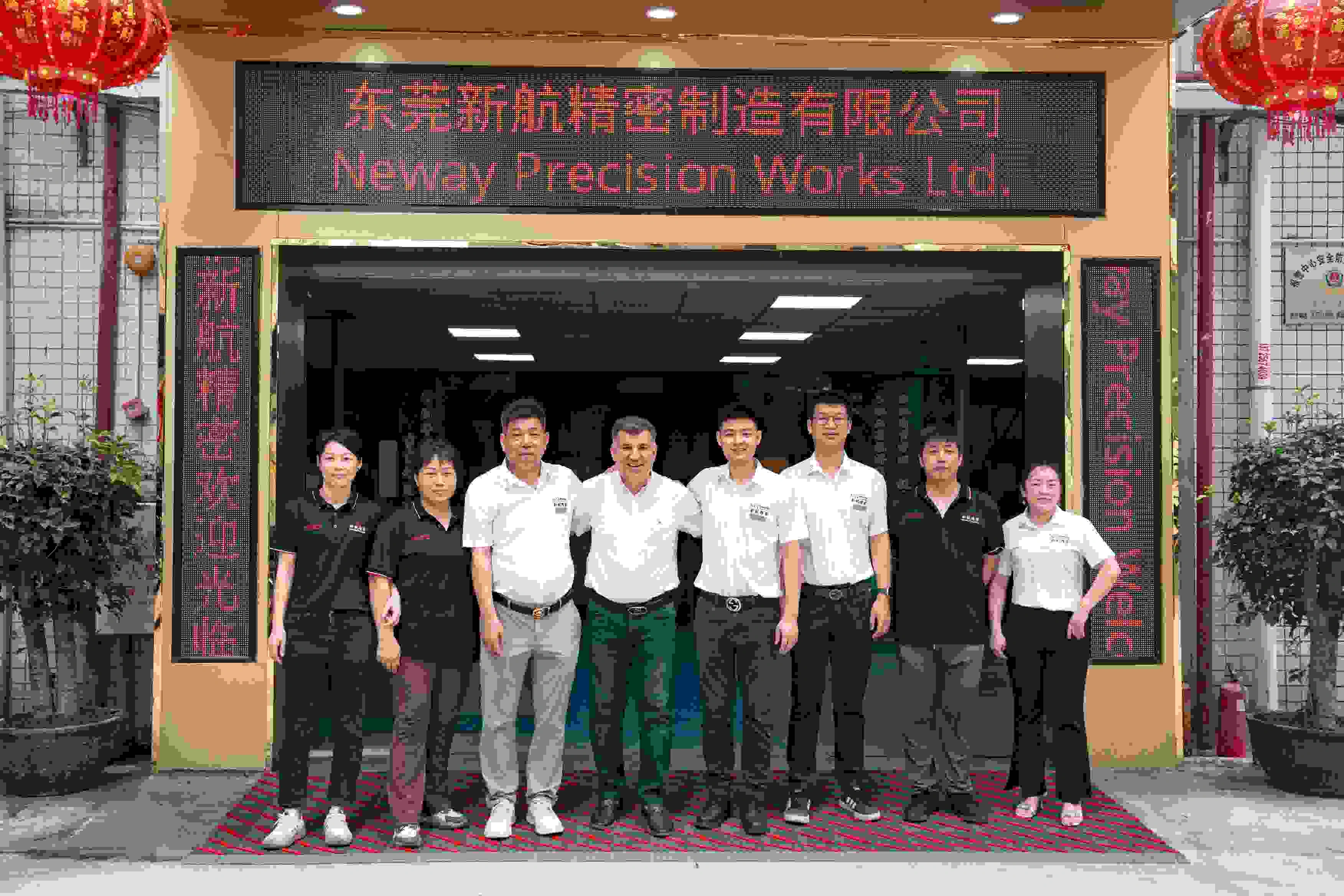Zamak vs. stainless steel: weight benefits in medical devices?
Zamak vs. Stainless Steel: Weight Benefits in Medical Devices
Importance of Weight in Medical Device Design
Medical devices—particularly handheld tools, housings, and wearable components—require a careful balance between strength, sterilization compatibility, and weight. Reducing weight improves user comfort, reduces fatigue in surgical settings, and lowers shipping costs for portable systems. Material selection plays a crucial role, especially when comparing metals like Zamak and stainless steel.
Weight Comparison: Zamak vs. Stainless Steel
Zamak (zinc alloys like Zamak 3 and Zamak 2) is heavier than aluminum but lighter than stainless steel, offering a favorable compromise for structural, non-load-bearing medical components.
Material | Density (g/cm³) | Relative Weight per Volume |
|---|---|---|
Zamak (Zamak 3) | ~6.7 | Medium |
Stainless Steel | ~7.8–8.0 | High |
Aluminum | ~2.7 | Low |
Weight Advantage of Zamak over Stainless Steel: Zamak is approximately 15–20% lighter than stainless steel, reducing part mass without sacrificing casting precision or surface finish quality.
Where Weight Reduction Matters
Zamak is ideal for components that:
Require precise geometry but are not subjected to extreme mechanical stress
Benefit from lower part weight in surgical trays or portable kits
Need to be economically produced with complex shapes in high volumes
Examples include:
Control knobs, housings, and locking mechanisms
Instrument handles and actuator components
Cosmetic covers, mounting brackets, and disposable assemblies
Manufacturing and Cost Advantages
Zamak allows net-shape or near-net-shape casting, reducing the need for machining
Complex forms and integrated features reduce part count and fastener use
Easier to finish with plating, painting, or powder coating
When to Choose Stainless Steel Instead
Stainless steel remains preferred when:
Parts require maximum strength, high wear resistance, or exposure to aggressive autoclave sterilization
Devices involve implantable components or heavy-duty surgical tools
High biocompatibility is mandated and frequent steam sterilization cycles are expected
Neway’s Support for Lightweight Medical Components
Neway provides weight-optimized die cast solutions with:
High-precision zinc die casting for medical-grade parts
CNC machining for critical dimensions and interfaces
Surface treatment options suitable for medical aesthetics and corrosion protection
Flexible assembly and small-batch scaling for clinical devices



